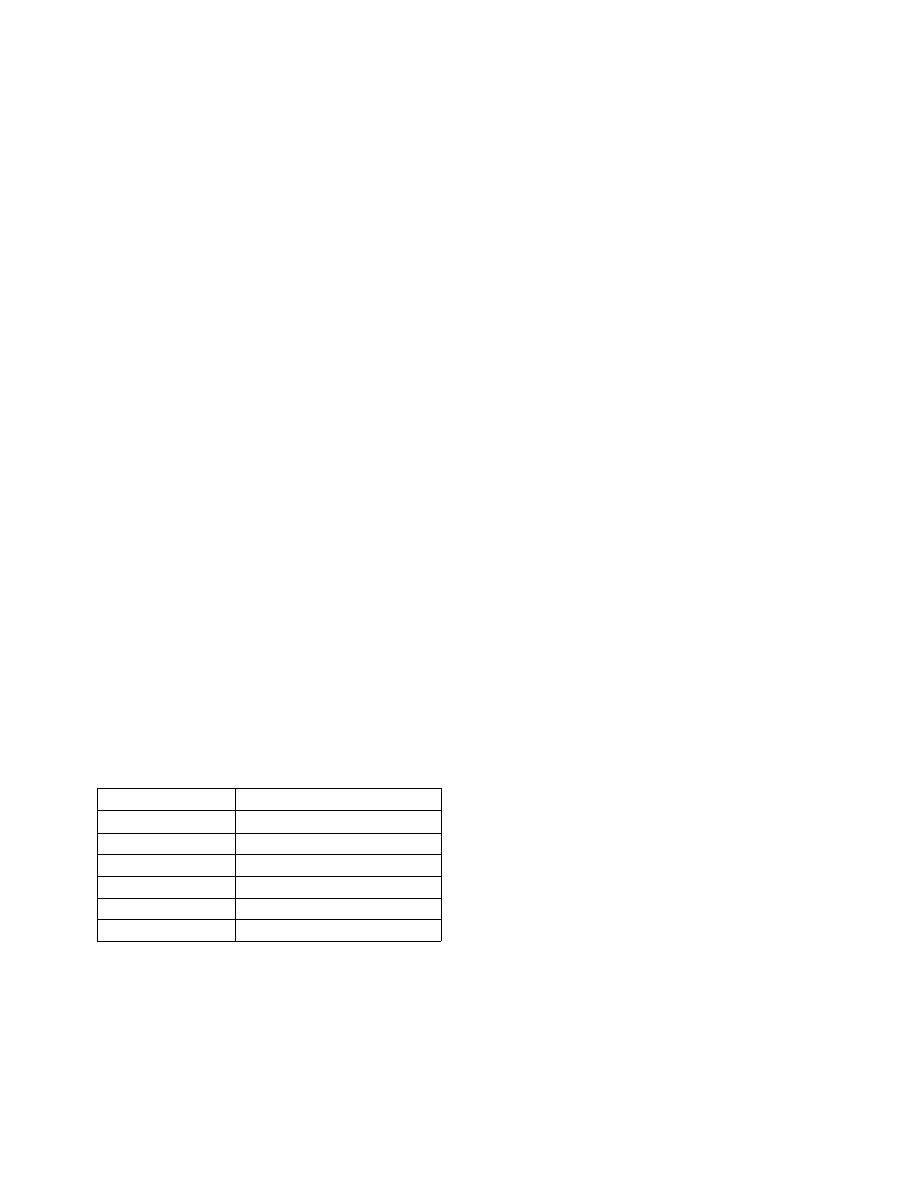
AIM
8/15/19
7
−
1
−
39
Meteorology
b.
The transmissometer projector and receiver are
mounted on towers 250 feet apart. A known intensity
of light is emitted from the projector and is measured
by the receiver. Any obscuring matter such as rain,
snow, dust, fog, haze or smoke reduces the light
intensity arriving at the receiver. The resultant
intensity measurement is then converted to an RVR
value by the signal data converter. These values are
displayed by readout equipment in the associated air
traffic facility and updated approximately once every
minute for controller issuance to pilots.
c.
The signal data converter receives information
on the high intensity runway edge light setting in use
(step 3, 4, or 5); transmission values from the
transmissometer and the sensing of day or night
conditions. From the three data sources, the system
will compute appropriate RVR values.
d.
An RVR transmissometer established on a
250 foot baseline provides digital readouts to a
minimum of 600 feet, which are displayed in 200 foot
increments to 3,000 feet and in 500 foot increments
from 3,000 feet to a maximum value of 6,000 feet.
e.
RVR values for Category IIIa operations extend
down to 700 feet RVR; however, only 600 and
800 feet are reportable RVR increments. The
800 RVR reportable value covers a range of 701 feet
to 900 feet and is therefore a valid minimum
indication of Category IIIa operations.
f.
Approach categories with the corresponding
minimum RVR values. (See TBL 7
−
1
−
6.)
TBL 7
−
1
−
6
Approach Category/Minimum RVR Table
Category
Visibility (RVR)
Nonprecision
2,400 feet
Category I
1,800 feet*
Category II
1,000 feet
Category IIIa
700 feet
Category IIIb
150 feet
Category IIIc
0 feet
* 1,400 feet with special equipment and authorization
g.
Ten minute maximum and minimum RVR
values for the designated RVR runway are reported in
the body of the aviation weather report when the
prevailing visibility is less than one mile and/or the
RVR is 6,000 feet or less. ATCTs report RVR when
the prevailing visibility is 1 mile or less and/or the
RVR is 6,000 feet or less.
h.
Details on the requirements for the operational
use of RVR are contained in FAA AC 97
−
1, Runway
Visual Range (RVR). Pilots are responsible for
compliance with minimums prescribed for their class
of operations in the appropriate CFRs and/or
operations specifications.
i.
RVR values are also measured by forward
scatter meters mounted on 14
−
foot frangible
fiberglass poles. A full RVR system consists of:
1.
Forward scatter meter with a transmitter,
receiver and associated items.
2.
A runway light intensity monitor (RLIM).
3.
An ambient light sensor (ALS).
4.
A data processor unit (DPU).
5.
Controller display (CD).
j.
The forward scatter meter is mounted on a
14
−
foot frangible pole. Infrared light is emitted from
the transmitter and received by the receiver. Any
obscuring matter such as rain, snow, dust, fog, haze
or smoke increases the amount of scattered light
reaching the receiver. The resulting measurement
along with inputs from the runway light intensity
monitor and the ambient light sensor are forwarded to
the DPU which calculates the proper RVR value. The
RVR values are displayed locally and remotely on
controller displays.
k.
The runway light intensity monitors both the
runway edge and centerline light step settings (steps 1
through 5). Centerline light step settings are used for
CAT IIIb operations. Edge Light step settings are
used for CAT I, II, and IIIa operations.
l.
New Generation RVRs can measure and display
RVR values down to the lowest limits of
Category IIIb operations (150 feet RVR). RVR
values are displayed in 100 feet increments and are
reported as follows:
1.
100
−
feet increments for products below
800 feet.
2.
200
−
feet increments for products between
800 feet and 3,000 feet.
3.
500
−
feet increments for products between
3,000 feet and 6,500 feet.
4.
25
−
meter increments for products below
150 meters.